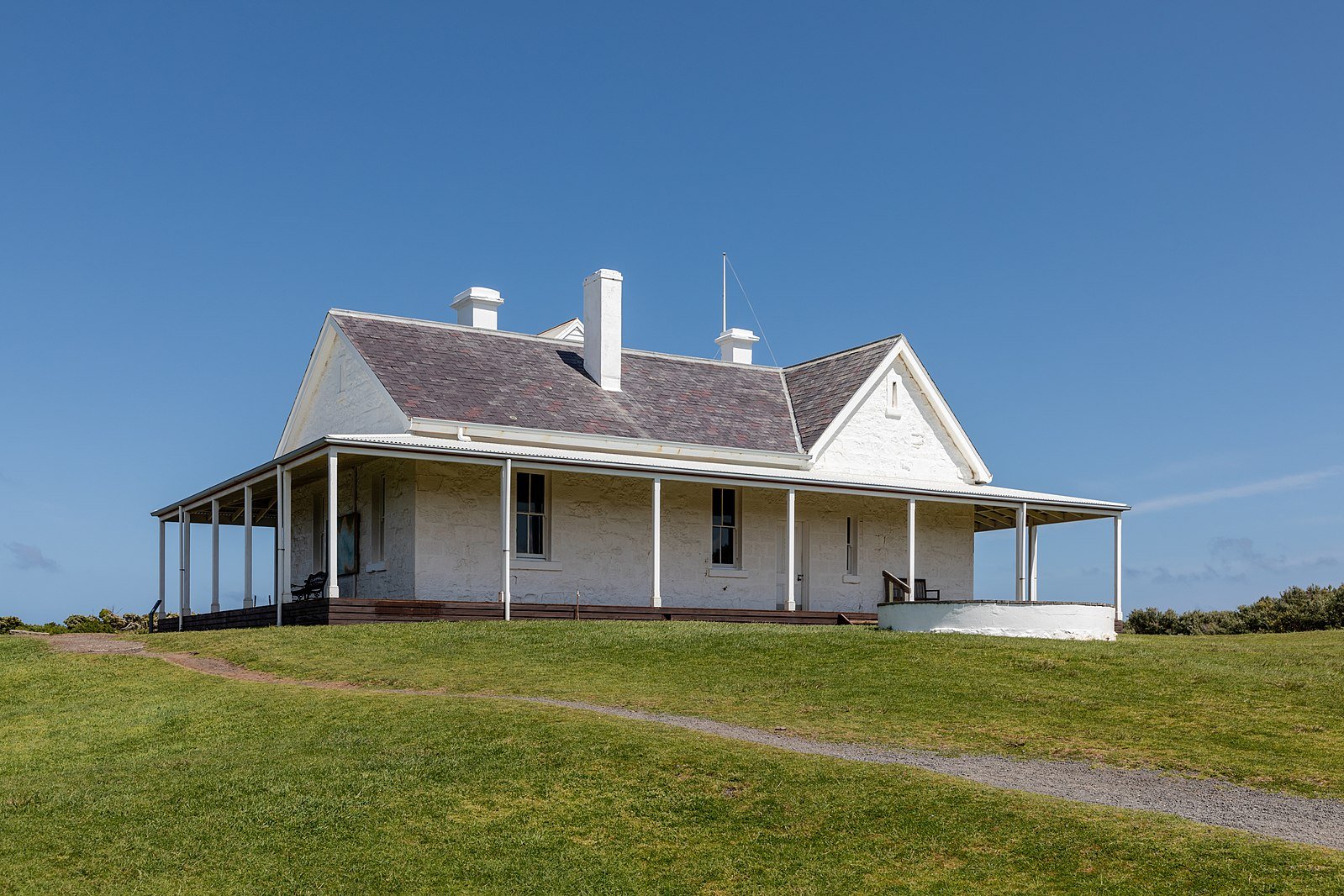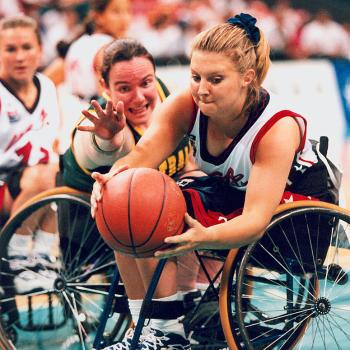At The Atlantic, “American Summers are Starting to Feel Like Winter” reports with alarm and befuddlement on the summer variant of Seasonal Affective Disorder (SAD). Understandable, if you are new to the thing.
I am not new to the thing.
I am, however, grateful it is finally getting on the public health radar, because summer-depression is just as disabling as the winter version, and needs to be treated just as aggressively.
What follows isn’t medical advice, just some common sense ways to alleviate Summer SAD that I have found to be life-changing, if you do them.
What is the deal with Summer SAD?
The deal is this: The sun has crashed into the earth. Possibly mosquitoes haunt your every outdoor step, or maybe it’s scorching lava rocks glaring up at you with death rays. You, a modern person with access to all the amenities, do the sensible thing and retreat to the air-conditioning.
For one day? No big deal. But if you avoid natural daylight long enough, your delicate photo-sensitive intellect will not check to see if it is hibernating weather or estivating weather, it’ll just do its emotional nosedive and you turn into a feckless slug.
This is quite possibly a better, Thank You Modern Technology, summer mood disorder than the old fashioned affliction of heat-induced hair-trigger rage. Still, it’s not good for anybody. Neither a volatile temper (no AC) nor the bowels of depression (yes AC) is what we want.
So how do we thread the needle?
#1 Set aside the moralizing.
Yes, yes, I love to chuckle at people from northern latitudes who are blown away by temperatures that count as a crisp October day in my neck of the woods. I’m insufferable that way, and also yes, my world shuts down if we get our inch of snow, and that’s a feature not a bug.
Let that go. Absolutely, if you are a healthy person and your local 20-degree jump in temperatures lead to “heat waves” that are still well below body temp, you can reasonably hope to acclimatize by carefully, mindfully sucking it up and being a little sweaty.
If you are a very-healthy person, actually yes you can do hard physical work outdoors all day in for-serious summer heat using just the usual long-established common sense adaptations, as people have done for millennia in hot climates.
But you might not be healthy. You might specifically have a problem that limits your ability to adapt to the heat, or for which the heat provokes disabling symptoms (basically everything my neurologist treats, he tells me). You might be one of those people who, back in the day, was just plain deadly-sick or sickly-dead in this weather.
Or, your local heat wave (or normal summer) might be searingly-hot weather and it wears you down. Or, you are hiding indoors due to severe allergies, insect-borne infections prevalent in your area, wildfire smoke, or some other genuine hazard.
Again: Maybe the heat just turns you into a jerk, and air-conditioning makes life better for the people exposed to you.
Whatever the situation is, we’re not going to second-guess that. Put people on “mute” whose superiority complex is dragging you down at a vulnerable time.
#2 Identify your outdoor adaptations and safe spaces.
These are the things that allow you to overcome the hurdles we just mentioned above and get outdoors. You are going to need these, because if at all possible, you actually do have to get outside under the daylight sky . . . at least a little.
What are some things that could be your tools?
Ticks & mosquitoes
- Insect repellent, and there are a ton of formulations to choose from, depending on your needs
- Long clothing (here’s my tutorial on hot-weather fabric choices)
- Big electric fan to blow away flying insects
- Going someplace in town that is barren of insect habitat
Heat-sensitive illness
- Ice packs (Titan brand Ice Wall are the highest-performing I’ve used)
- Cold, refreshing water or other drinks that don’t wreck you
- Soak your shirt in cold water
- Giant electric fan
- Shady outdoor swimming pool or sprinkler
- Light-colored ordinary rain umbrella for shade w/o blocking all sunlight
Allergies
- N95+ respirator
- Offloading yard chores to robot mower or kid down the street
- Sterile-habitat locations (as with avoiding insect-borne infections)
- Medical interventions of your choice that seem to help manage the disease
Wildfire Smoke / Toxic Air Pollution
- Who are we kidding, do not go out in this stuff unless you absolutely must
- Get the best respirator you can for quick dashes
- Build or buy home air-purifiers to make your space as safe as possible
- If it’s stifling inside, run a fan or the AC for goodness sakes, even if it’s just one room of the house w/a portable unit
- Use daylight alternatives, below, as if it were 9AM in a Helsinki winter
Note here at all of these things are a pain in the neck. This is why you end up with Summer SAD. If it were easy to just waltz on out anytime, you wouldn’t have to muster every ounce of your dwindling willpower to make it happen.
But you do. On to our next step.
#3 Get up at dawn and go outside.
Morning daylight is your number one weapon in the fight against SAD. That’s true in the winter and it is even more true in the summer, because morning is the coolest time of the day (even if it’s ridiculously humid).
Set your alarm if need be, change your bedtime, reorganize your day to allow for a brief siesta mid-afternoon, make a deal with your spouse to take turns being the one who sits home with the kids while the other does their morning walk . . . whatever it takes, get out under the sky first thing in the morning.
This time of day, the sun is still low. Maybe so low that it’s not over the horizon, and it is maximally cool but the sky is already brightening, the birds are singing, and your body’s daily wake-up cues are primed to activate.
Maybe you didn’t quite make crack-of-dawn, but the low angle of the morning sun means there is still plenty of shade.
Use the shade! You want to see sky with your eyes, you want as much sky overhead as you can tolerate, but if it’s sunny and hot and you need to be outdoors-but-with-shade, that’s far better than indoors, and your brain thanks you.
==> If you’re going for that insect-free or allergy-free sterile environment such as along a city street or outdoor shopping center, you can walk along the shady side of the concrete valley.
Some days you will have a lot of time for this, many days you won’t. If you have the ability to get out for a brisk walk (swim? gardening?) that’s great, but if you need to just set up the electric fan to blow the insects off and sit there in the morning light, that’s okay.
#4 Use an alternate light source if outdoors is impossible.
See “wildfires” above, but you might have another reason that going outside just can’t happen.
I’m not an expert on this, because outdoors is my go-to.
I will say that sitting by a sunny window is good, though if you can get a window that doesn’t have modern (often code-mandated) reflective coatings you’ll get more of the kind of light your brain needs.
There are a number of lighting products made for winter SAD, so if you have one that works for you for January, pull it out for August mornings as well.
#5 Do all the other things to fight depression.
Morning sunlight alone, combined with getting as much daylight generally (likely indoors) through the rest of the day, will get you pretty far, so that’s the one you organize your life around.
However, you still need to:
- Tend to your basic spiritual needs
- Get plenty of exercise (whatever that means for you)
- Eat a healthy diet — the one that you know always makes you feel better
- Get enough vitamin D per however that works for you
- Spend time each day interacting with kind, friendly human beings
- Accomplish something satisfying
- Go to bed on time, and do whatever it takes to get good sleep in a dark room
If you are already *in* the funk, those are hard to pull off. Start with the morning daylight and the nighttime settling down, deep darkness, and sleep routine, and build from there in whatever order works best for you.
100% if you are languishing in torpor, visit the doctor to check for vitamin D levels plus all the many, many other physical ailments (looking at you, Anemia) that can cause fatigue and depression-like illness.
==> Your state in life and your environmental conditions will almost certainly impact how you are able to accomplish your depression-fighting tasks during the hot season.
This is good! Enjoy how satisfying it feels coming up with creative solutions to adapt to your changing environment.
#6 Mind your hydration & electrolyte intake.
Back in the day, Great-Grandma worked out in the heat on the farm in the southern sandhills all summer long without the benefit of expensive electrolyte tablets.
Q: How did they do that?
A: Heavily salted foods.
From the end of the cool season, their only meats were fresh-caught fish, maybe the rare chicken but usually not, and their staple food of salt-cured pork, accompanied by mounds of salted or pickled vegetables.
I am not telling you to RETVRN to a diet of salt pork.
I am saying that it is possible you are one of the people for whom actively managing your electrolyte status is essential to functioning in sweaty weather.
Something to look into and see what works for you.
#7 Get outdoors as much as you can, generally.
Again, we fully acknowledge that you may be in a situation where that is not possible, and you have to do everything else in your repertoire to compensate. So be it.
But let’s say you’re a mostly-normal person living in a hot climate, dependent on air conditioning because of reasons. Don’t undervalue the helpfulness of snatches of outside-time whenever you can get it (in addition to, not instead of, your morning daylight):
- Dash to the mailbox or take out the trash in the middle of the day, because a minute of heat won’t kill you (if that’s true in your case), so get that blast of sunlight on your face.
- Go for a swim, for goodness sakes.
- Sit on a shady porch with an electric fan and drink a glass of iced tea for a mental health quiet-time break.
- Run errands in the morning or evening, enjoying the toasty walk through the parking lot and the mad dash to load your perishables into the cooler for the ride home.
- Sit out in the evening and listen to the insects and look at the moon.
- Exult in the fact that the rest of the year you have to pay for access to that sauna at the gym, but today you can sweat for free.
That doesn’t have to be all the time. Just do it when you can.
Good luck, and happy August.
Photo: Deep wrap-around porches on a low-slung white masonry house out in the middle of a huge grassy expanse, built by people who know the value of shade. Dietmar Rabich / Wikimedia Commons / /
Related:
- Drowning is the #1 cause of death in children under five, let’s talk about what that means for your summer vacation.
- “How We Talk About Suicide” – apropos since depression is a leading cause of suicidality.













